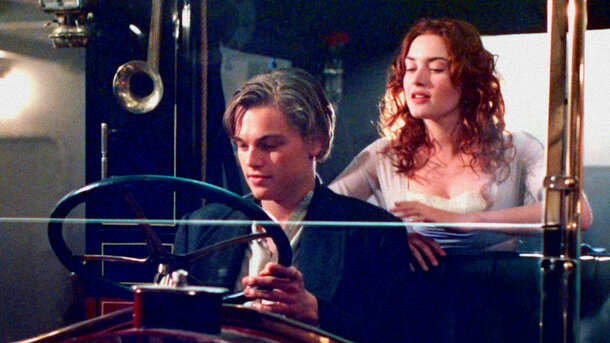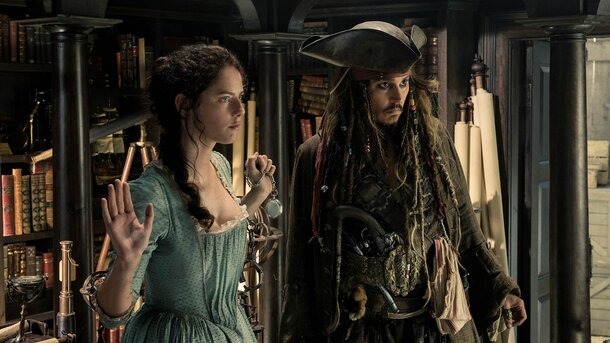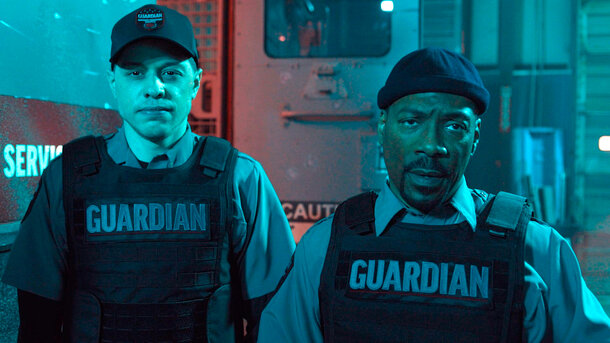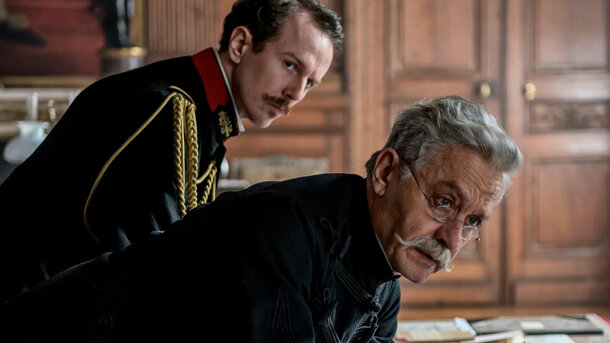James Cameron made Titanic as a love tragedy — but he didn’t invent the catastrophe itself. On the contrary, many scenes in the film are so accurate that they feel exaggerated for dramatic effect. But they’re not. This is how it really happened. Here are five historical facts shown in the film that truly occurred.
The ship broke in two
On screen, it might seem like the director went too far — could a ship that size really snap in half? But Titanic truly broke apart — between the second and third funnel. As the bow sank, the stern rose almost vertically and cracked under its own weight. Only years later did the wreck on the ocean floor confirm: the break was not fiction.
The band played to the very end
The scene where the musicians keep playing as passengers board the lifeboats looks like a dramatic device. But it’s a real fact. Survivors recalled that the band never left the deck — and continued to play to calm the crowd. According to witnesses, the final piece was 'Nearer My God to Thee'.
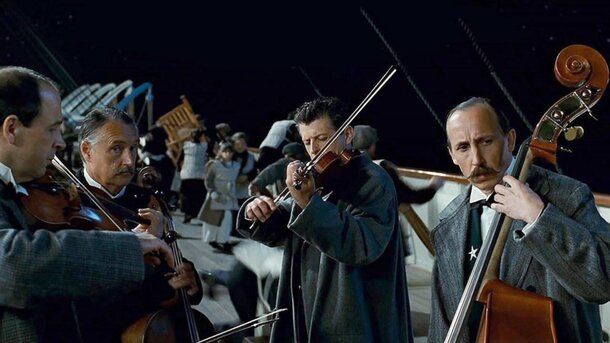
There weren’t enough lifeboats — by regulation
In the film, it’s horrifying to see people unable to find room in the lifeboats. And that’s also true. Titanic carried only 20 lifeboats for 1,178 people. Surprisingly, this actually exceeded the minimum legal requirement of the time. Lifeboats were meant to transfer passengers to rescue ships — not serve as the only means of survival. The scale of the disaster defied regulation.
The elderly Strauss couple: love to the very end
The moving scene of an elderly couple embracing in bed as the ship sinks is one of the most memorable. In real life, this was Isidor and Ida Straus, founders of Macy’s. Isidor refused to board a lifeboat while women and children remained. When Ida learned this, she stayed too. They were last seen standing together, holding hands.
Rescue came from the Carpathia
The film shows the ship Carpathia arriving after receiving the SOS. It truly did — several hours later — and saved hundreds of lives. But there was another ship nearby: the California, which was much closer. Its crew saw the signals but didn’t take them seriously. This scene was cut from the film, though Cameron had shot it. The California’s captain was haunted by public condemnation for the rest of his life.
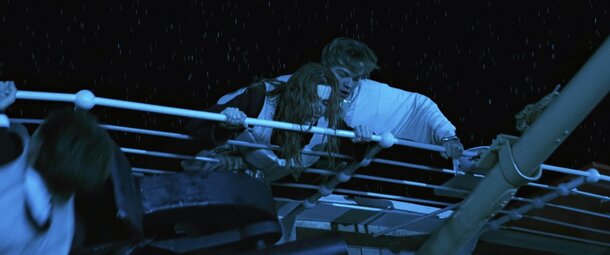
Conclusion: sometimes reality doesn’t need embellishment. Titanic is not just a love story, but a faithful reconstruction of the greatest maritime tragedy of the 20th century. That’s why it hits so hard.
